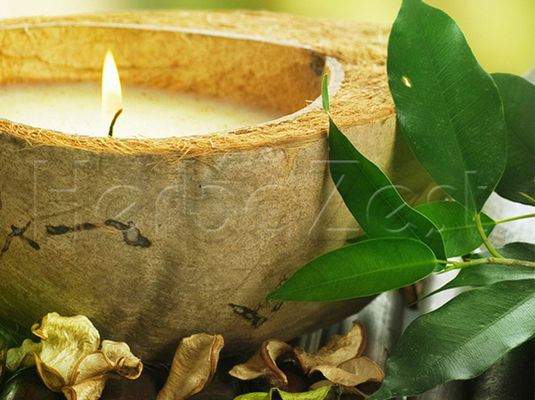A History of Herbal Medicine

Herbal medicine, as we know it today, took thousands of years to develop, and the discovery of its possible applications is closely tied to the development of medicine itself. The starting point of this long process can be traced back to nomadic communities in the Paleolithic era attempting to use the plants around them to cure everyday wounds, and then perfecting their techniques through trial and error. Ever since, different historical developments have allowed for improved techniques in fighting disease and have even resulted in different ways to approach the concept of health.
Please keep reading to learn more about the ways herbal medicine developed throughout history, up to the present day.
Herbal Medicine during Antiquity
From 11,000 BCE:

When humans began to settle into the first villages and towns, abandoning the hunter-gatherer lifestyle, a distinct class or profession of healers emerged for the first time. They may be considered the first doctors in history, and it is believed that in most societies they enjoyed great social prestige. Nevertheless, there was not yet a distinction between medicine and magic or sorcery, and many of the treatments used were partly herbal preparations and partly religious rituals.
Approximately from 3,000 to 1,500 BCE:

This period is considered the dawn of civilizations, which possessed established social classes, complex religious beliefs, and political structures. In Ancient Egypt, India, and China, the previous centuries of medicine knowledge began to be systematized and written down for the first time, including lists of prized herbs with their uses and applications. For example, the Ebers papyrus from Egypt includes records of some herbs used even today, such as garlic and castor oil.
From 400 to 100 BCE - Classical Antiquity:
During this period, philosophy and science were developed enormously, especially in Ancient Greece and China. Thanks to these changes in outlook, medicine became its own discipline for the first time, and thus, it was separated from magic or religion. The Greek physicians Hippocrates and Dioscorides started working on medical treatises, which would shape Western medicine for centuries to come. A notable aspect of this period is that, even in distant regions like China and India in addition to the Mediterranean basin, complex theories were developed, pointing to "body imbalances" as the root of disease.
Herbal Medicine during the Middle Ages and Early Modern Period
From the 13th to 14th Centuries CE:

Thanks to the new trade of silk and spices with the Far East, Europeans gained access to Chinese herbal lore. Unfortunately, the new contact and exchange of goods also favored the spread of disease, such as the bubonic plague, which was made worse by the largely inadequate hygienic practices that were common at the time. In the hunt for an effective treatment, European physicians started using minerals like mercury for the first time, creating new medicines and a new discipline, chemistry.
From the 15th to 18th centuries CE - The Age of Discovery:

The establishment of European colonies in the Americas, Africa, and South East Asia brought countless new possibilities in herbal medicine. Among these, potatoes, California poppy, guarana, coneflower, maca, and maize continue to carry large importance today, either as food or in alternative medicine. As part of the efforts to study many new herbs properly, new technologies for their transportation and preservation were developed, and eventually many of the chemical compounds in herbs began to be isolated and synthesized for the development of pharmaceutical products.
Herbal Medicine in Contemporary Times
Year 1929 - Discovery of Penicillin:

The discovery of the first antibiotic by Alexander Fleming provided a radical turn in the way medical research was conceived and oriented. Although it took a few more decades to master the required processes for mass production and stable dosages, from then onwards, Western medical research efforts were aimed almost exclusively at producing artificial chemical compounds.
From 1939 to 1945 - World War II:

During the prolonged and famously brutal German siege of Stalingrad, the lack of supplies and high number of injured casualties caused the Russian government to turn to herbal medicinal techniques once again, and the use of a concoction made of garlic and onions became known as "Russian Penicillin" for its effectiveness.
From 1980 to present day:

A resurgence in the use of medicinal plants and herbal supplements has been seen across Europe and North America, because they are considered to be a safer and more wholesome option that modern pharmaceuticals. At the same time, the rapidly rising rates of diseases of affluence, like high cholesterol and diabetes, point at the importance of prevention and balance within the body.
Although humans have relied on the beneficial properties of different plants since prehistoric times, technological and scientific developments have allowed for great changes in the way they are used. Many of the medicinal herbs, especially those from non-Western regions, have still not been studied properly, but more and more modern studies aim at taking advantage of all their potential.
